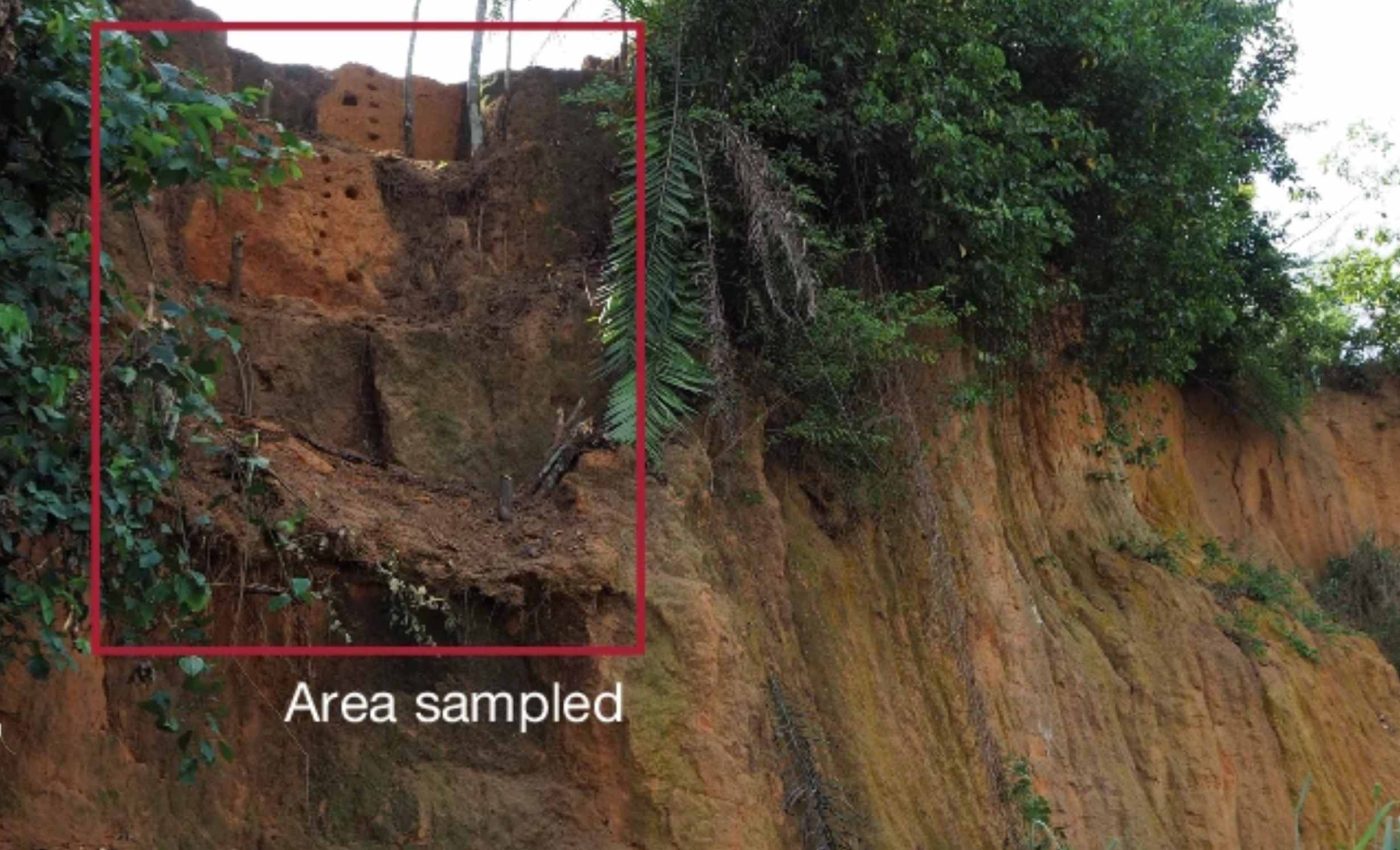
Primitive tools reveal early humans lived in a harsh, forgotten jungle 150,000 years ago
An isolated corner of Ivory Coast has produced stone tools that suggest humans lived in dense jungle settings about 150,000 years ago. This evidence defies the common view that thick tropical forests were too unforgiving for early human survival.
Archaeologists used advanced dating methods to confirm the age of the site at Anyama, which more than doubles prior estimates of when humans first made homes in such lush environments. This find widens our view of how early populations adjusted to life across Africa.
That historical gap caught the attention of Professor Yodé Guédé of l’Université Félix Houphouët-Boigny, who was part of the original team that first examined the region decades ago.
Jungles added to list of early human habitats
Early humans emerged around 300,000 years ago, but many details about their preferred ecosystems remain unclear.
Jungles were rarely considered prime spots for ancient communities, largely because of the challenges of limited farmland and tricky navigation.
“Several recent climate models suggested the area could have been a rainforest refuge in the past as well, even during dry periods of forest fragmentation,” noted Prof. Eleanor Scerri, from the Max Planck Institute of Geoanthropology. This perspective motivated researchers to revisit earlier discoveries and apply fresh laboratory analysis.
Hidden discoveries in the trench
The original trench investigation took place around the 1980s, but specific dating methods were unavailable at that time. Researchers relied on stone tools and sediment layering for clues, yet the exact timeline was not evaluated.
One researcher explained that they relocated the older excavation and used advanced techniques just in time, since modern mining threatened to erase the entire site.
The team uncovered proof that early humans thrived in these rainforest conditions much earlier than scientists once believed.
Laboratory tests pinpointed the layers to approximately 150,000 years ago. Analysts checked sediments for pollen, phytoliths, and other markers to confirm that the region was heavily wooded rather than open savanna.
Low levels of grass pollen indicated denser tree cover, while certain leaf wax residues pointed to damp forest floors. Stone tools found in these layers showed humans shaped implements for hunting and gathering in thick canopy settings.
Implications for human history
“This exciting discovery is the first of a long list,” exclaimed Prof. Guédé. Findings like these offer a glimpse into an ancient human past that included life in more varied environments than once thought.
“We now need to ask how these early human niche expansions impacted the plants and animals that shared the same niche-space with humans. In other words, how far back does human alteration of pristine natural habitats go?” queried Prof. Scerri.
Human resilience in jungle environments
For a long time, researchers assumed that early humans stuck to coastlines, open plains, or rivers. These areas made hunting and movement easier, and survival more straightforward.
But the Anyama discovery flips that idea, showing people were tough enough to settle deep in wet, closed-canopy forests long before modern tools or farming.
Surviving in this setting would have meant adjusting to dense tree cover, unpredictable rainfall, and dangerous wildlife. It wasn’t an easy life. That humans pulled it off over 100,000 years ago speaks volumes about their creativity, adaptability, and endurance.
Looking ahead
Experts are eager to hunt for additional relics in neighboring areas. They speculate that similar discoveries could reshape the timeline of human occupation across tropical regions.
Fresh data may also reveal how resource use and local animal interactions played out in wetter environments. Investigating more sites could shed light on the full scope of ancient adaptability in Africa’s green corridors.
Why west Africa still holds secrets
West Africa remains one of the least explored regions when it comes to early human history. Political instability, limited funding, and decades of underrepresentation in research have left many sites untouched and stories untold.
Archaeologists believe this is just the beginning. If one forgotten trench in Ivory Coast can reshape our human timeline, there’s no telling what lies beneath the soil in neighboring countries. The deeper we dig, the more complex the story of our origin becomes.
The study is published in Nature.
—–
Like what you read? Subscribe to our newsletter for engaging articles, exclusive content, and the latest updates.
Check us out on EarthSnap, a free app brought to you by Eric Ralls and Earth.com.
—–













